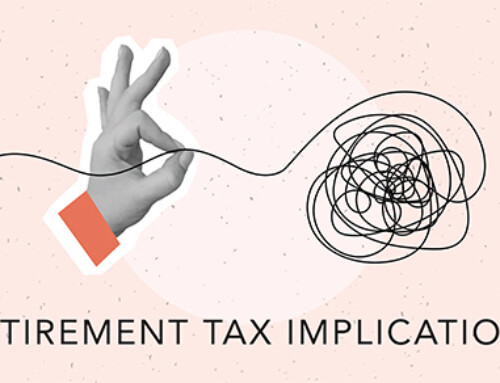This year, trusts are subject to the 39.6% ordinary-income rate and the 20% capital gains rate to the extent their taxable income exceeds $12,150. And the 3.8% net investment income tax applies to undistributed net investment income to the extent that a trust’s adjusted gross income exceeds $12,150.
Three strategies can help you soften the blow of higher taxes on trust income:
1. Use grantor trusts. An intentionally defective grantor trust (IDGT) is designed so that the trust’s income is taxed to you, the grantor, and the trust itself avoids taxation. But if your personal income exceeds the thresholds that apply to you (based on your filing status) for these taxes, using an IDGT won’t avoid the tax increases.
2. Change your investment strategy. Nongrantor trusts are sometimes desirable or necessary. One strategy for easing the tax burden is for the trustee to shift investments into tax-exempt or tax-deferred investments.
3. Distribute income. When a trust makes distributions to a beneficiary, it passes along ordinary income (and, in some cases, capital gains), which is taxed at the beneficiary’s marginal rate. Thus, one strategy for avoiding higher taxes is to distribute trust income to beneficiaries in lower tax brackets.
Some of these strategies may, however, conflict with a trust’s purpose. We can review your trusts and help you determine the best solution to achieve your goals.





